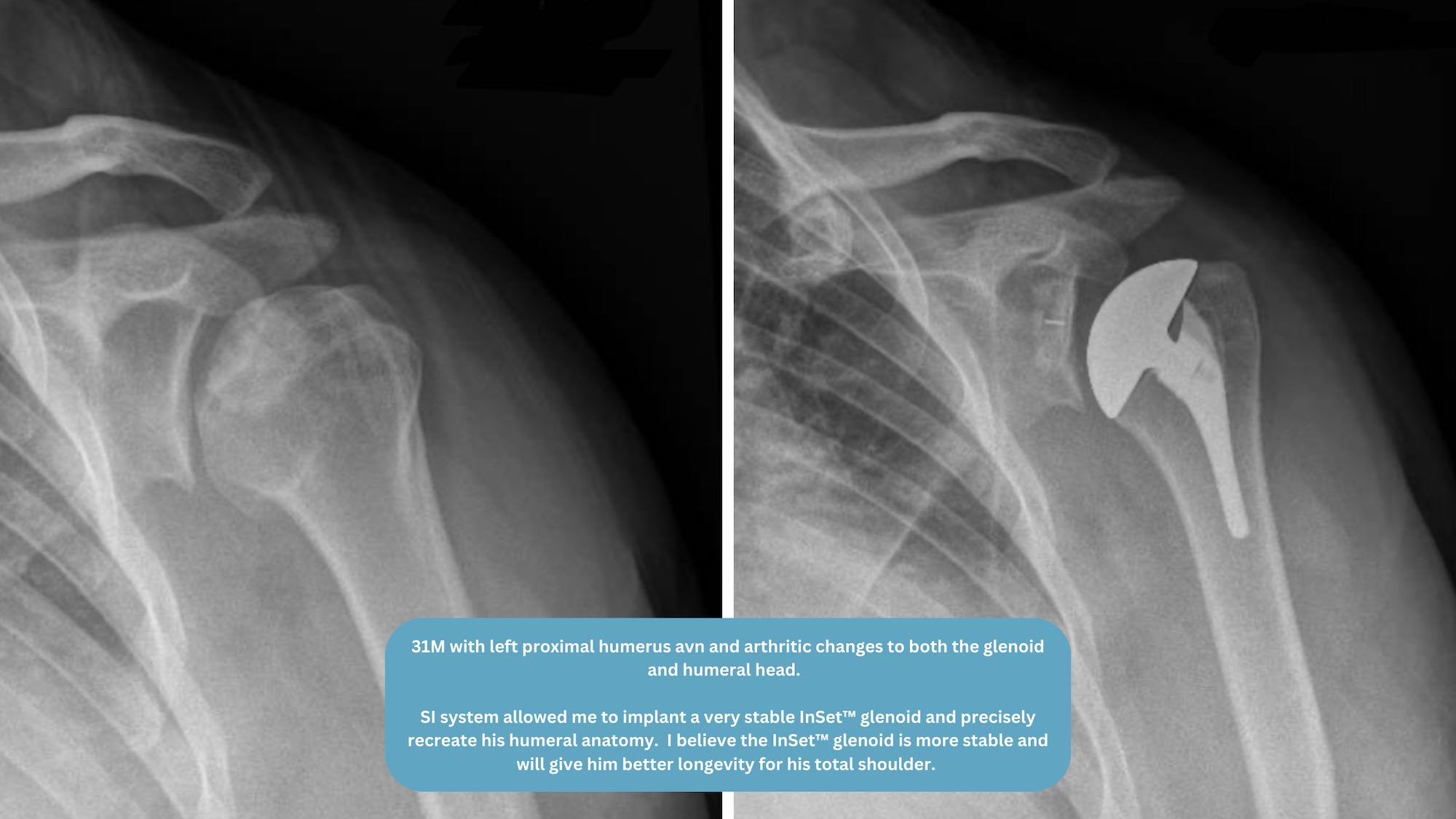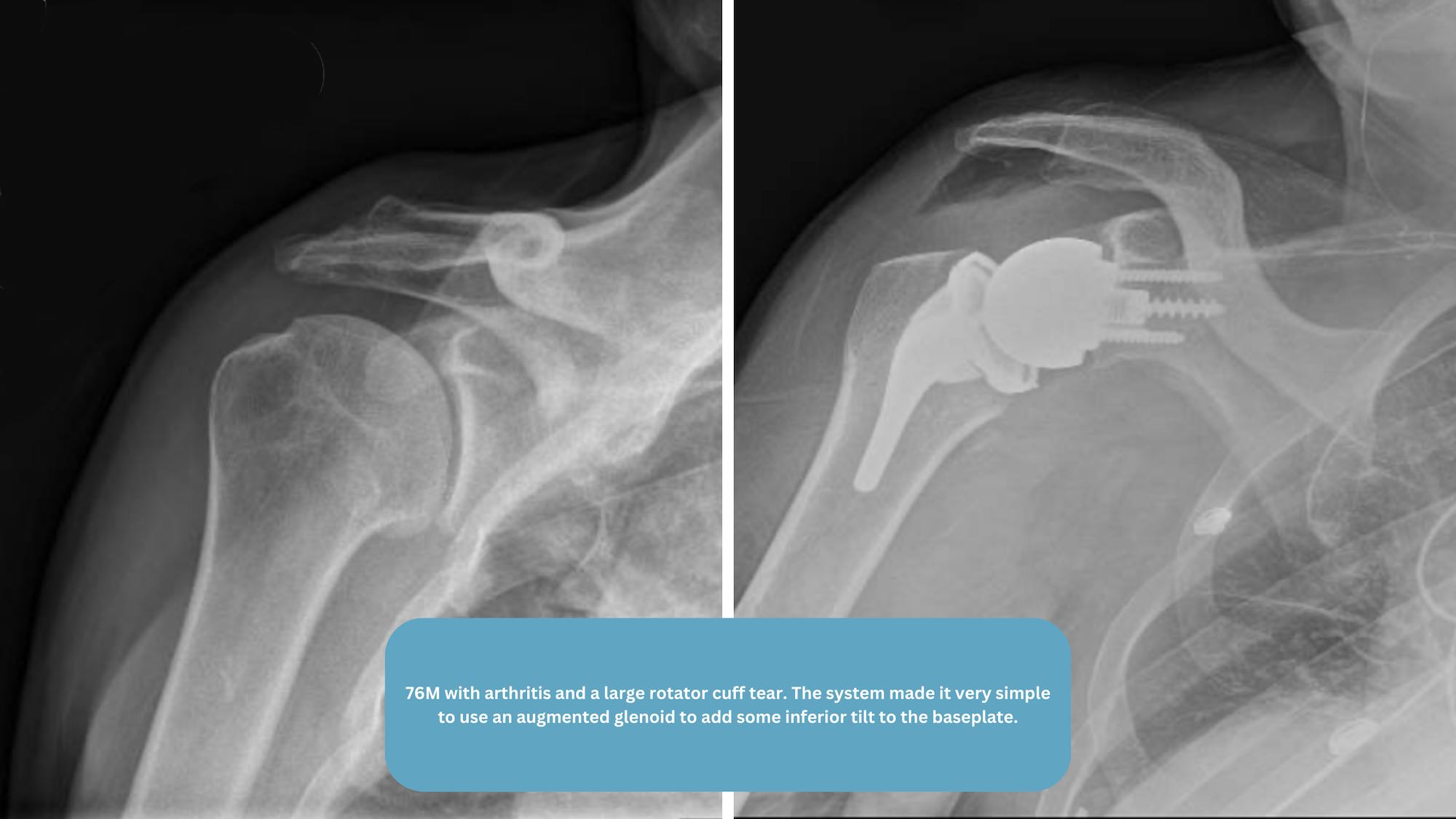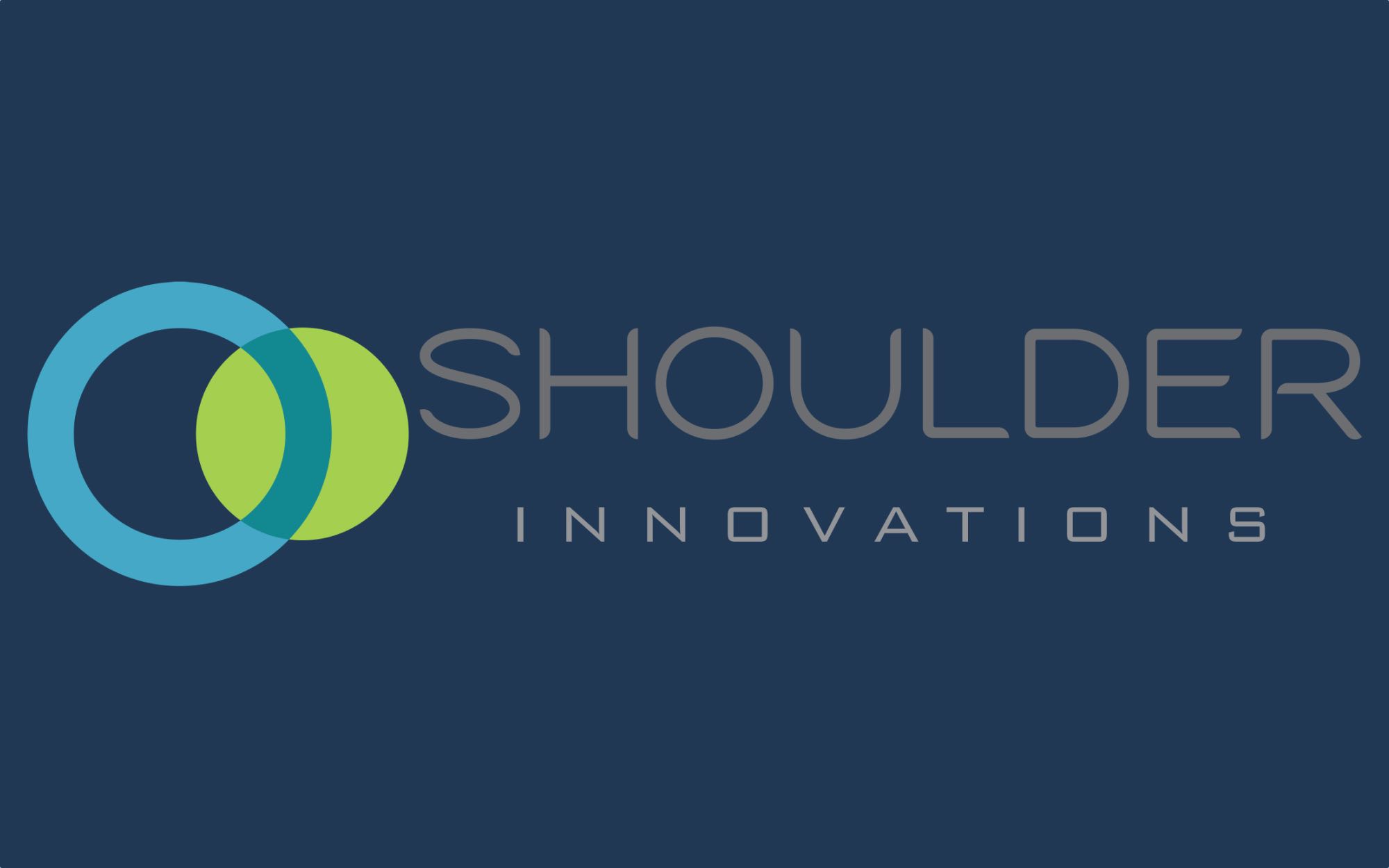We recently had the opportunity to interview Dr. Nathan Orvets and learn more about his background and experiences using InSet™ Systems from Shoulder Innovations in his practice as an orthopedic surgeon. An edited version of our interview led by David Blue follows.
David Blue
Thanks for joining us today, Dr. Orvets. Let’s start with your background. How did you become involved in healthcare, and more specifically, orthopedics?
Dr. Orvets
Initially, I started on a path in engineering, where I was designing things and solving problems. However, during my undergraduate years, I had the opportunity to volunteer at a free healthcare clinic. This experience really struck a chord with me and led me towards a career in medicine. Over time and with training, I was able to integrate my engineering background with my newfound passion in the world of orthopedics.
This field demands hands-on work, problem-solving, and a grasp of mechanics – all of which aligned with my engineering foundation.
I’ve found immense joy and fulfillment in this profession and look forward to continuing in this path for years to come.
David Blue
What attracted you to shoulder as a subspecialty?
Dr. Orvets
There are so many fields in medicine, and orthopedics is no exception. While there are numerous areas to focus on, the shoulder captivated me the most. This is because it presents opportunities for a variety of procedures – from open surgeries to arthroscopic interventions and trauma cases.
What’s particularly appealing to me is the diversity of my patient demographic. From young athletes contending with sports injuries or fractures, to elderly individuals managing arthritis or degenerative ailments, I treat a wide spectrum of conditions. Some might assume that specializing in the shoulder could become monotonous, but I find the opposite to be true. I relish the varied backgrounds, stories, and medical challenges each patient brings.
For me, the variety of procedures I’m equipped to perform is truly appealing. Having expertise in both arthroscopic and open surgeries enables me to engage in thorough discussions with patients. Being well-versed in a wide range of treatments allows me to present patients with multiple options. This empowers them, giving them a voice in their care and aiding them in determining the best course of action for their unique situation.
David Blue
Can you share your journey to the InSet™ Shoulder System?
Dr. Orvets

You might have heard this often, but during my fellowship I gained experience with the InSet™ glenoid. One of my mentors in fellowship was an advocate for its use, especially for patients with narrow glenoid vaults and Type 2 glenoids. He really spoke highly of its comprehensive nature. Back then, several papers had endorsed its enhanced stability – which is always something we’re looking for when it comes to the glenoid component of total shoulder arthroplasty. The innovation of the InSet™ glenoid stands out even today.
I’ve always seen the InSet™ glenoid as an optimal solution for patients with minimal glenoid bone. The recent augment options further enhance its versatility. Initially, it was considered particularly beneficial for younger patients who exert more strain on their shoulders. However, its stability also suggests longevity benefits for patients with weaker bone quality.
Presently, I lean towards using it for most of my anatomic shoulder arthroplasties. It caters to concerns about narrow glenoid vaults and durability. Plus, should there be a need for revision, the bone defect left is shallow, ensuring ample bone remains for any corrective measures. On the glenoid front, I see minimal drawbacks.
Over time, the field of shoulder prosthetics has evolved from traditional lengthy stems to shorter ones and now to stemless. The innovations by Shoulder Innovations in stem and stemless designs are almost identical in preparation with slight variations. The bone removal is negligible. It gets exceptional rotational stability, which is the key thing we need. Moreover, if there’s ever a need for removal or concerns about long-term stress shielding effects on the bone, this design addresses them efficiently.
The added advantage of having the entire set in one tray for anatomic and two trays for reverse shoulder surgeries has been invaluable. This organization instills confidence in the OR team, aids in efficient case turnovers, expedites patient release, and overall streamlines the process. Simplifying the procedure benefits both the patient and the staff I work with regularly.
David Blue
How about your experience with the reverse?
Dr. Orvets

I believe I’ve experimented with nearly every system available in the market. Generally, many systems are expanding options, allowing for lateralization on the glenoid and incorporating more of an inlay humerus design. This is believed to enhance the impingement-free range of motion, enhance stability, and possibly bolster the strength of the residual rotator cuff, or even have the deltoid step in for rotation when required.
What sets the Shoulder Innovations reverse system apart is its base plate. It incorporates an inlay-style component for added stability despite its compact size. What I especially appreciate is the availability of six locking screw holes, even though I might not use all six regularly. In contrast, many systems come with only two or four such holes. Having six is distinctively advantageous.
Again, the tray system makes it extremely user-friendly.
Also, the wide variety of glenosphere options accommodating a broad spectrum of patients, from petite females to tall males exceeding six-foot-five.
Another perk is the uniformity of the stem for both anatomic and reverse designs. Not only is this stem compact and standard, but transitioning from one type to another is also uncomplicated. This ensures the humeral tray in the reverse is positioned approximately at the cutting line, eliminating concerns about unintentionally extending the patient excessively to maintain stability with lateralization. Ideally, this should result in a more naturally aligned shoulder appearance and potentially decrease the likelihood of acromial injuries or stress reactions in the future.
David Blue
For surgeons exploring Shoulder Innovations products, any tips or pieces of advice?
Dr. Orvets
The InSet™ glenoid stands out due to its distinctive design and application. It offers significant versatility, especially when reaming to achieve a pocket that measures around two to four millimeters for the glenoid to be accommodated.
I often draw a comparison to the concept of creating a recess for a sewer cap. Essentially, the goal is to craft a recess for the glenoid to nestle into securely with short pegs.
For those unfamiliar with the InSet™ glenoid, the process might feel different. Given its smaller size, the primary aim is to carve out a hole while conserving the peripheral border of the native glenoid.
My advice for practitioners is to be assertive in the reaming process, ensuring that a minimum of a three-millimeter rim is maintained. This ensures a stable bone border.
Another strategy is to position the glenoid component slightly above the glenoid’s midpoint. Typically, the humerus experiences the most wear on its superior half. From my experience with hemiarthroplasty and its subsequent revisions to reverse designs, the glenoid typically shows wear predominantly on its upper half. Aiming for an area roughly 60% from the bottom and centralizing the glenoid, while ensuring it’s not overly broad, is crucial.
It’s also important to achieve a substantial depth during reaming to ensure a robust peripheral bone border. Once the anatomic glenoid is cemented and set, its stability is unparalleled.
Similarly, the reverse design will sit slightly lower on the glenoid. The focus here is primarily on sculpting the peripheral rim without excessive bone removal, ensuring optimal fixation. When it comes to achieving the right balance, surgeons accustomed to a medialized system might find the InSet™ glenoid approach slightly different. It’s essential to opt for a more lateralized glenosphere, probably +3 for most females and +6 for most males. This ensures that the humerus occupies a more natural position. The key to obtaining the desired tension is by lateralizing off the glenoid, especially given the design of the humeral stem.
David Blue
Any closing thoughts, Dr. Orvets?
Dr. Orvets
Shoulder Innovation’s products have truly revolutionized the shoulder arthroplasty sector. You’ve simplified the process, making it seamless to perform these procedures in either an ASC or hospital environment.
With the efficient tray system, coupled with lean and well-thought-out instrumentation, as well as the unparalleled support from knowledgeable representatives familiar with shoulder surgeries, executing shoulder arthroplasty operations, whether straightforward or complex, becomes both enjoyable and straightforward.
Dr. Nathan Orvets is an orthopedic surgeon in Oregon.

